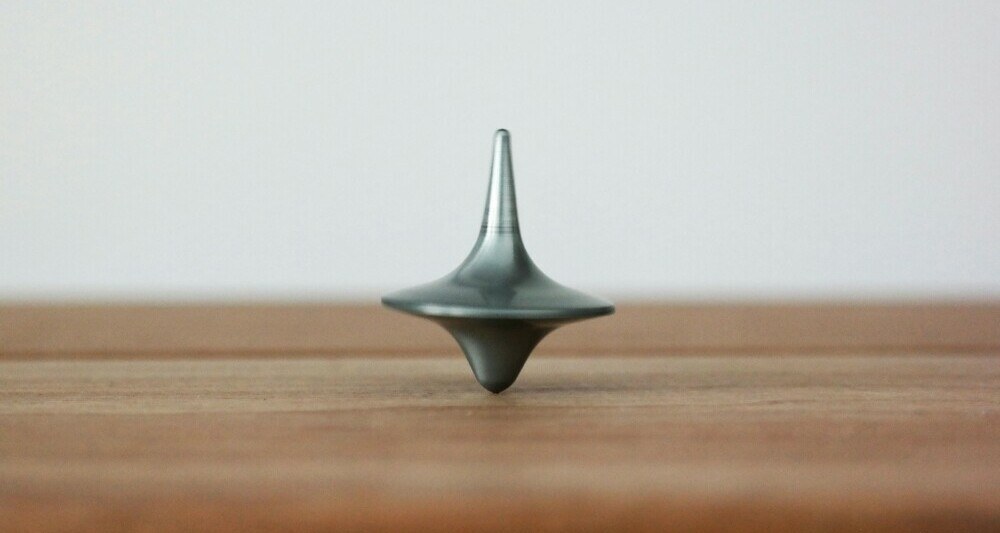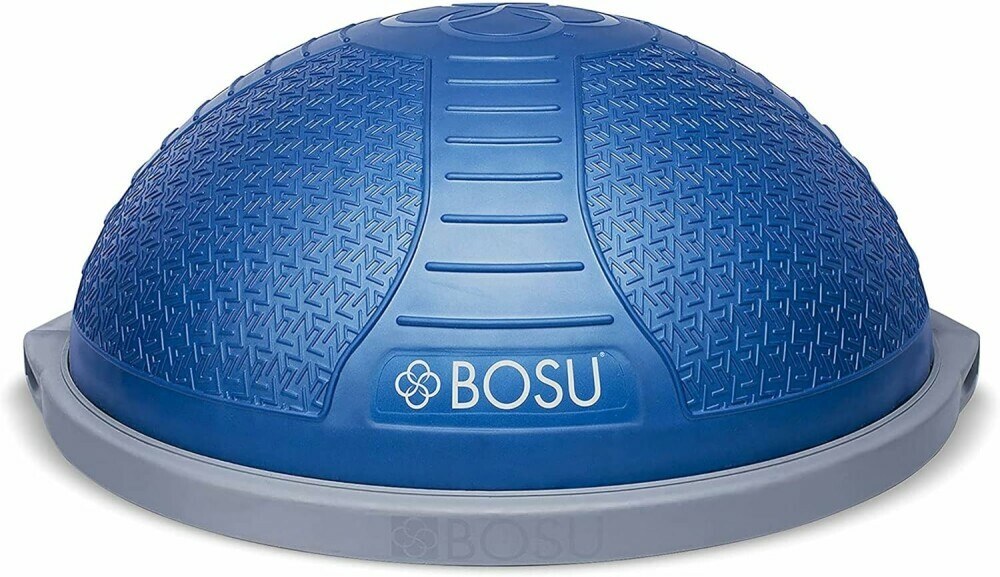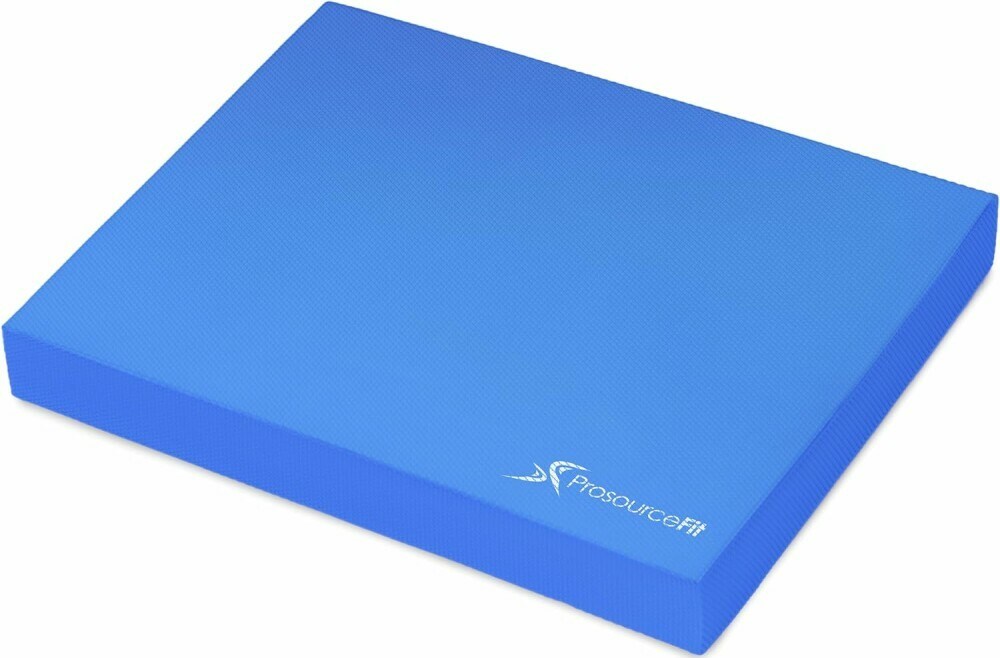Ever feel a little wobbly on uneven ground? Struggling with balance can be a common concern, impacting people of all ages and activity levels. But fear not!
Mastering your balance isn’t just about avoiding embarrassing tumbles; it’s crucial for maintaining daily functionality, preventing injuries, and even boosting athletic performance.
Here we will dive deep into the world of balance and stability training, equipping you with the knowledge and tools to become a master of your own center of gravity.

You’ll discover:
- The importance of balance and stability in everyday life and its impact on your health.
- Populations that can benefit most from balance training.
- Essential equipment options for all levels and needs.
- Step-by-step exercises to improve your balance progressively.
- Advanced strategies for long-term stability gains.
Whether you’re a seasoned athlete, concerned about falls, or simply looking to improve your overall well-being, this guide will show you how to leverage equipment effectively to achieve a sturdier, more confident you.
Key Takeaways: Your Guide to a Sturdier You
This blog post has equipped you with valuable knowledge and tools to improve your balance and stability. Here are the key takeaways to remember:
- Balance and stability are crucial for daily activities, preventing falls, and enhancing athletic performance.
- Balance training is beneficial for people of all ages and activity levels, particularly older adults, athletes, and individuals recovering from injuries.
- Choose the right equipment based on your current balance abilities and safety considerations.
- Start with beginner-friendly exercises like single-leg stances and heel-toe walks, gradually progressing as you improve.
- Integrate your chosen equipment into your routine for an additional challenge and engage different muscle groups.
- Go beyond balance-specific exercises: incorporate strength, flexibility, and core training for a well-rounded approach.
- Track your progress, set goals, and celebrate your achievements to stay motivated.
- Consult a healthcare professional or certified trainer for personalized guidance if needed.
Remember, consistency is key! Make balance training a regular part of your routine for long-term benefits and a sturdier, healthier you.
Ready to take control and become a balance pro? Let’s get started!
The Foundation of Balance: Understanding Its Importance
Maintaining good balance isn’t just about avoiding embarrassing stumbles; it’s a fundamental aspect of daily living, overall health, and even athletic performance.
Let’s delve deeper into the “why” behind balance and stability training:
1. The Crucial Role of Balance:
Balance refers to your body’s ability to maintain its center of gravity over your base of support, while stability refers to your ability to control your body’s position during movement.
Both are essential for performing everyday activities such as walking, climbing stairs, getting dressed, and even reaching for objects on high shelves.
2. The Health Connection:
Maintaining good balance and stability offers a plethora of health benefits:
- Reduced risk of falls: This is particularly important for older adults and individuals at risk of falls due to various health conditions.
- Improved injury prevention: Good balance helps maintain proper body alignment, reducing stress on joints and muscles, and ultimately lowering the risk of injuries during daily activities and exercise.
- Enhanced athletic performance: Balance is crucial for coordination, agility, and reaction time, all of which are essential for various sports and physical activities.
3. Who Benefits Most?
While everyone can benefit from balance training, certain populations may find it particularly crucial:
- Older adults: As we age, our balance naturally declines, making us more susceptible to falls. Balance training can help counteract these age-related changes and improve overall well-being.
- Athletes: Balance is vital for enhancing performance and reducing injury risk in various sports, from basketball and soccer to gymnastics and martial arts.
- Individuals recovering from injuries: Balance training can be a valuable part of rehabilitation programs to regain stability and confidence after an injury.
Whether you fall into one of these categories or simply want to improve your overall well-being, incorporating balance training into your routine can be incredibly beneficial.
Now, let’s explore the different types of equipment available to help you achieve your balance goals!
Getting Started: Your Equipment Essentials for Balance Training
Now that you understand the importance of balance and stability, let’s explore the exciting world of balance training equipment!
Here we will equip you with the knowledge to choose the right tools for your journey to a steadier you.
Popular Equipment Options:
- BOSU balls: These versatile dome-shaped platforms offer a challenging and unstable surface for various exercises, engaging your core muscles and improving balance control.

- Balance boards: These wobble boards come in various shapes and sizes, providing a dynamic and unstable platform to challenge your balance and proprioception (body awareness).

- Stability cushions: These inflatable cushions offer a softer and more forgiving surface compared to other options, making them ideal for beginners or those with limited stability.

Choosing the Right Equipment:
While exploring your options might be exciting, it’s crucial to choose equipment that aligns with your current balance abilities and fitness level.
Here are some key factors to consider:
- Safety first: Always prioritize safety. Start with equipment that offers a stable and controlled environment, especially if you’re a beginner.
- Your current balance level: If you’re new to balance training, opt for a more stable option like a stability cushion. As you progress, you can gradually challenge yourself with more unstable equipment like BOSU balls or balance boards.
- Personal preferences: Choose equipment that you find enjoyable and engaging to use. This will help you stay motivated and consistent with your training.
Remember: Don’t hesitate to consult a healthcare professional for personalized recommendations, especially if you have any underlying health conditions or injuries.
Next, we’ll delve into specific exercises you can incorporate into your routine, using this equipment to unlock your full balance potential!
Step-by-Step Balance Improvement Techniques: Building Your Stability
Ready to put your new equipment to the test?
Here we outline some beginner-friendly exercises to kick-start your balance training journey. Remember, consistency is key! Aim to perform these exercises 2-3 times per week for optimal results.
Important Note: Before starting any new exercise program, it’s crucial to consult a healthcare professional if you have any concerns or limitations.
1. Single-Leg Stance:
- Begin standing tall with your feet hip-width apart.
- Slowly raise one leg behind you, keeping your core engaged and back straight.
- Hold for 10-30 seconds, then switch legs and repeat.
- Progression: Once comfortable, try closing your eyes for an additional challenge.
2. Heel-Toe Walk:
- Place one foot in front of the other, with your heel touching the toes of your back foot.
- Maintain a straight posture and take small, controlled steps forward, keeping your heel-toe connection.
- Continue for a desired distance, then turn and repeat in the opposite direction.
- Progression: Increase the difficulty by walking on a slightly uneven surface like grass or a yoga mat.
3. Wall Squats with Equipment:
- Stand facing a wall, arms stretched out in front of you for balance.
- Place your chosen equipment (stability cushion, BOSU ball, etc.) behind your heels.
- Slowly lower yourself into a squat position, keeping your back straight and core engaged.
- Use the wall for support as needed, but aim to maintain most of your balance on your own.
- Stand back up to complete one repetition.
- Progression: Gradually increase the depth of your squats or use a less stable piece of equipment as you improve.
4. Side Plank with Reach (not for seniors)
- Start in a side plank position, resting on your forearm with your elbow directly under your shoulder.
- Stack your feet on top of each other and engage your core to keep your body in a straight line.
- Reach your free arm overhead, keeping your gaze forward.
- Hold for 10-30 seconds, then switch sides and repeat.
- Progression: Once comfortable, lift your top leg off the ground for an added challenge.
Remember: These are just a few examples. You can find numerous other balance exercises online or in fitness apps, catering to different equipment and difficulty levels.
Next, we’ll explore how to integrate these exercises with your equipment and gradually increase the difficulty as you progress.
Integrating Equipment and Progressing Your Balance Routine
Now that you have a foundation in basic balance exercises, let’s explore how to seamlessly integrate your chosen equipment and gradually progress your routine for continuous improvement.
Integrating Equipment:
- BOSU ball: Utilize the BOSU ball’s dome surface for single-leg stands, lunges, planks, and push-ups, adding an element of instability to challenge your core and balance.
- Balance board: Perform exercises like squats, lunges, and calf raises on the balance board, focusing on maintaining your center of gravity over the shifting platform.
- Stability cushion: Use the stability cushion for exercises like single-leg squats, bridges, and kneeling to chest, providing a supportive base while still engaging your stabilizing muscles.
Progressing for Continued Gains:
- Increase exercise duration: As you gain confidence, gradually increase the time you hold each exercise position or the number of repetitions you complete.
- Increase exercise difficulty: Once comfortable with the basic exercises, explore variations that incorporate more complex movements, increased instability, or additional equipment.
- Challenge your sensory system: Close your eyes while performing exercises to rely solely on your proprioception for balance.
- Vary your routine: Incorporate different exercises and equipment combinations to keep your workouts engaging and target various aspects of balance.
Listen to your body. Rest when needed, and don’t hesitate to modify exercises to suit your fitness level and comfort.
By consistently challenging yourself and incorporating these tips, you can unlock your full balance potential and achieve a sturdier, more confident you.
Next we will delve into advanced strategies for long-term stability gains, ensuring you maintain a well-rounded and effective balance training routine.
Advanced Strategies for Long-Term Stability Gains
Maintaining balance and stability requires dedication and consistent effort.
Here are some advanced strategies to ensure your routine fosters long-term gains:
Incorporate Variety and Challenge:
- Go beyond balance-specific exercises: Integrate exercises that build overall strength, flexibility, and core stability. This creates a strong foundation for better balance and reduces the risk of injuries.
- Explore different training modalities: Consider activities like yoga, tai chi, or dance to challenge your balance in a dynamic and engaging way.
Embrace Progression and Tracking:
- Track your progress: Regularly assess your balance skills using simple tests like the single-leg stance with eyes closed.
- Set measurable goals: Based on your progress, set achievable goals to gradually increase difficulty or duration of your exercises.
- Celebrate your achievements: Recognizing your progress can keep you motivated and engaged in your training.
Additional Resources:
- Consult a certified personal trainer or physical therapist: They can design a personalized balance training program tailored to your specific needs and goals.
- Explore online resources: Numerous websites and apps offer detailed instructions, video demonstrations, and workout routines for balance training.
Conclusion
Mastering your balance isn’t just about avoiding falls; it’s about empowering yourself with confidence and control.
By incorporating the information and tools provided in this guide, you can embark on a journey towards a sturdier, healthier, and more confident you.
Remember, consistency is key!
Make balance training a regular part of your routine, and enjoy the countless benefits it offers for your overall well-being.
